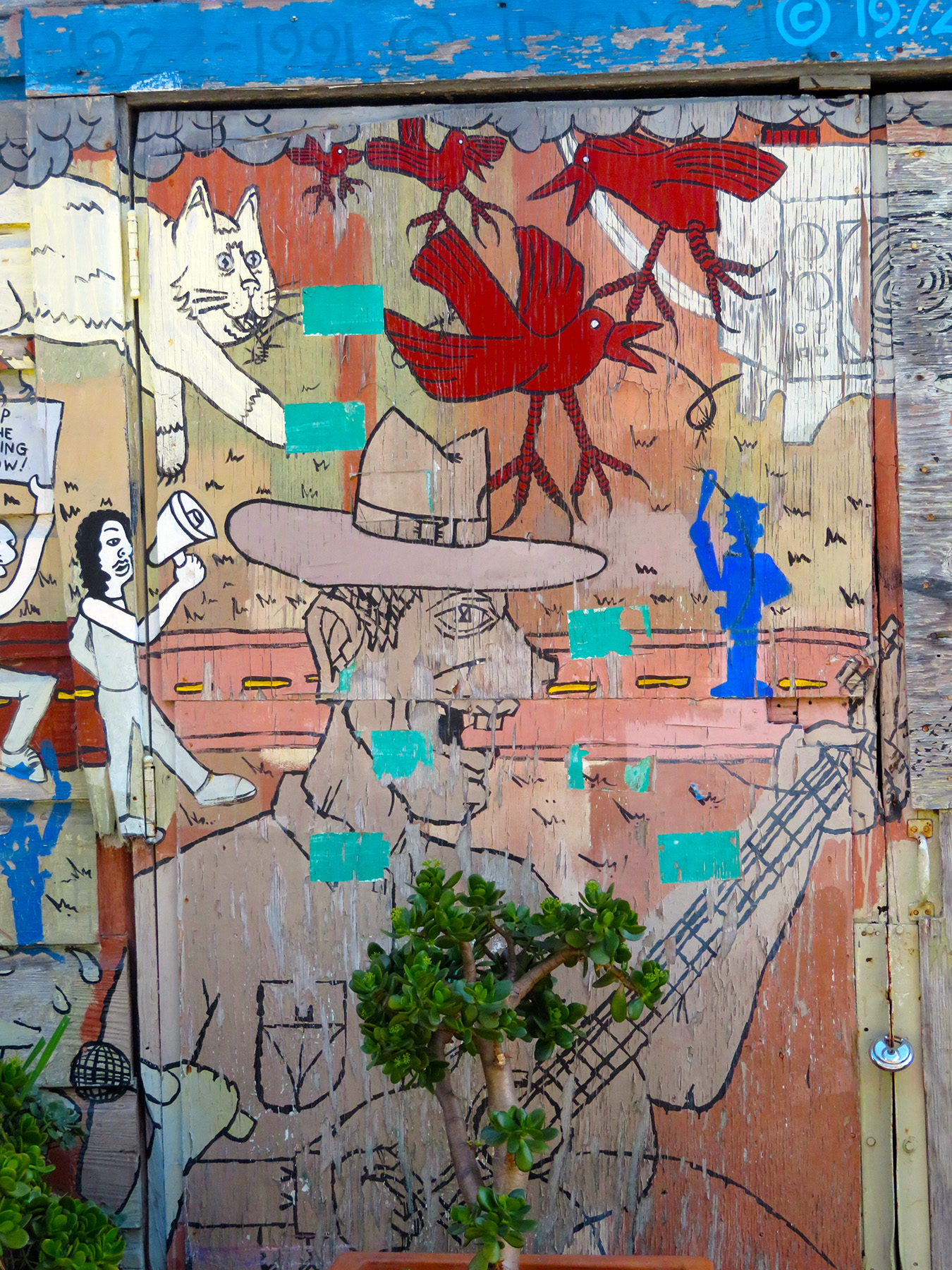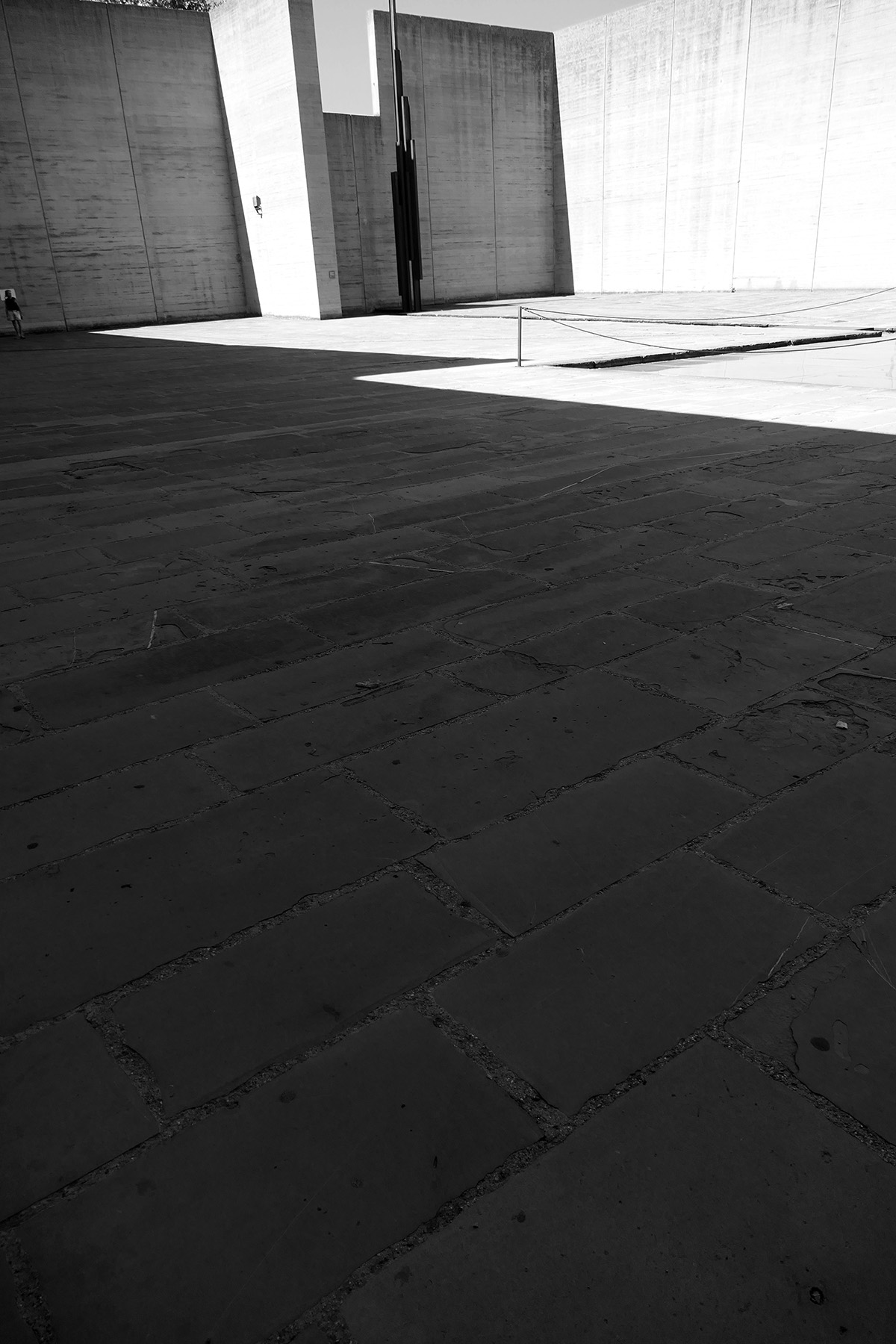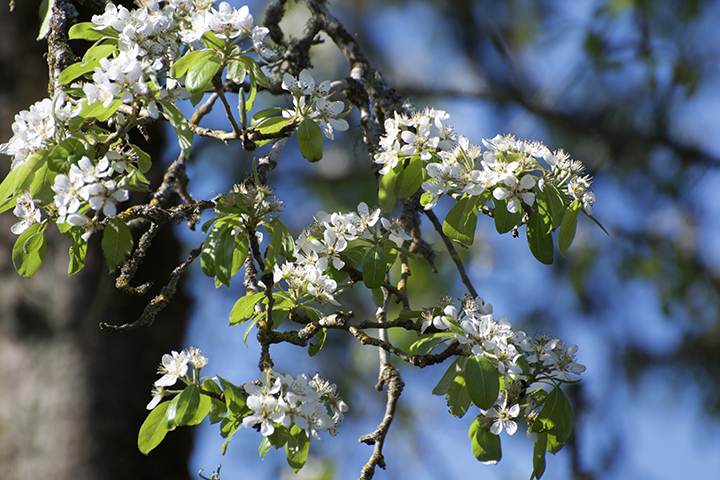One of the most remarkable historical figures on the American Left was born to French immigrant parents on this day in 1855 in Terre Haute, Indiana. Growing up comfortably middle-class, supported by family throughout his life-time (his brother Theodore did the bulk of his administrative work forever, his wife was a strong supporter and intellectual soul mate,) Eugene Debs grew from being a moderate to being a socialist, a labor organizer, fighter for militant unions and a founding member of the Socialist Party of America.

Never heard of him? Here is a short documentary narrated in the late 70s by none other than Bernie Sanders.
During his three presidential runs in 1900, 1904 and 1908, Debs embraced the proclaimed ideals of American democracy – popular sovereignty, equality, republican liberty) – but argued, with speeches that were in turn hopeful and criticizing, full of revolutionary as well as religious fervor, that one could only reach these ideals if one broke the hold of industrial bondage, the reign of unevenly distributed power on the basis of capitalism. That revolution, he was convinced, was in the hand of the working class who had to realize its potential for changing an undemocratic system.

Democracy, under attack in what we currently are witnessing, in all of the vote suppression, manipulation of voting, legal attacks on voting and vote counting, was defined by Debs as the drive to replace unaccountable hierarchies with something approximating an equality of power. He understood that this could not be done without a broad coalition of forces fighting for change, and his party included an enormous range of constituents: Jewish garment workers in New York City, German brewery workers in Milwaukee, white tenant farmers in Oklahoma, black lumber workers in Louisiana.

In fact, outspoken anti-racist arguments filled a lot of Deb’s work.
The Socialist Party would be false to its historic mission, violate the fundamental principles of Socialism, deny its philosophy and repudiate its own teachings if, on account of race considerations, it sought to exclude any human being from political equality and economic freedom . . . Of course the Negro will “not be satisfied with ‘equality with reservation.’” Why should he be? Would you? Suppose you change places with the Negro just a year, then let us hear from you — “with reservation.” (Ref.) )1904!

In 1918 he gave his famous Canton Speech linking capitalist mechanism and war efforts, calling for freedom for workers, and expressing hope for a commonwealth and fervor for Internationalism. It landed him in prison, sentenced for 10 years, serving 3 (his sentence eventually commuted, but his citizenship stripped) for “trying to cause and incite insubordination, disloyalty, mutiny and refusal of duty in the military,” as well as for trying “to obstruct the recruiting and enlistment service of the United States.”

He died a few years later, his health never recovering from the prison ordeal. A posthumously book, Walls and Bars published in 1927, spelled out his primary belief in the need to abolish the hierarchies that had come to replace those of ancient kings and feudalist lords, hierarchies that held people in bondage even if they were no longer owned by chattel slavery.

One of his rightful heiresses, Alexandria Ocasio-Cortez, framed the political goals of Democratic Socialism in terms relevant for today.
“I believe that in a modern, moral, and wealthy society, no person in America should be too poor to live. So what that means is health care as a human right. It means that every child, no matter where you are born, should have access to a college or trade school education if they so choose it. And, you know, I think that no person should be homeless if we can have public structures and public policies to allow for people to have homes and food and lead a dignified life in the United States.”

Seemingly straightforward, acceptable goals. We will not achieve them if we do not face, as Democrats, whom we are beholden to and how the distribution of power interferes with a pursuit of these goals. A democratic administration – should we be so lucky to get one – and a democratic party going into the next rounds of elections in decades to come, has to reckon with where their true power will come from and who to court as allies. As Eugene Debs would have it, true democracy should be our guiding principle, and reforms should be sought that tilt the balance of power away from those who unjustly wield it. (Ref. – the link here is to a superb historical overview of Deb’s life and the basis of much of my summary today.)


Now let’s continue to bite our nails hoping for the least worst outcome of this election. And listen to the people sing….























































































